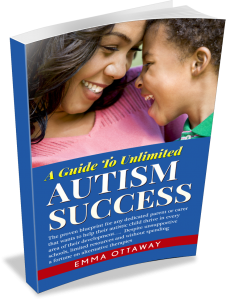Today I want to share a great technique with you that is all about behaviour. After learning about this little gem it will help…
You understand your child’s behaviour/ needs…
Your child understand their own behaviour…
Provide your child with feedback about their behaviour…
Encourage your child to express their emotions…
Praise your child for their appropriate behaviour…
Support your child in managing their own behaviour…
Work on your child’s problem solving skills…
Work on your child’s decision making skills….
To prevent future negative/ inappropriate behaviour…
And help your child understand consequences to their behaviour…
The technique is called the “Behavioural Check in System”…
It can be used with any child above the age of 3 and it can be used anywhere! As long as you have enough copies of your check in system you can use it at home, in the garden, in the car, at school at a supermarket… anywhere!
So how does a behavioural check in system work?
Your child can either choose to check in with you when they feel like it, or you can prompt them to check in depending on what they may be doing.
The idea isn’t that the child only checks in with negative behaviour, but also positive. This way the system has less of a punishment feel to it and they’ll be more willing to use it.
The behavioural check in system looks like a chart with 4 columns. The columns are titled ‘rating’, ‘looks like…’ , ‘feels like…’ & ‘I can try and..”
In the rating column your child will rate the behaviour 1-5….
1 being the best positive behaviours and 5 being the most challenging inappropriate behaviours.
Once your child has rated their behaviour the next column you write down what the behaviour looked like, meaning how it was displayed i.e. shouting.
Next you ask your child what if feels like for them. This may be a tricky one, but just go with it. If they’re really struggling give them some pointers i.e. angry, nervous, like a headache.
Then finally you will discuss with your child what they could do if this happens again i.e. Go and see a school mentor or teacher, stay away from a certain class mate or sit in a quiet place.
Try to give your child as much free rein as you can when they fill in their chart. If you can let them do it alone, even better. What’s important is that this comes from them, so that they learn to express their feelings and understand their own behaviour better.
When you’re checking in positive behaviours make sure you give lots of praise and reinforcement for this. This could be if they’ve had a great play time at school or coped well in a busy public place. Help them understand the positive choices they made to get to this place.
So why not go away and make up your ‘behavoural check in system’ now and start helping your child. Let me know how you get on.
For more great behaviour strategies just like this become a member of ‘The Unlimited Autism Success Inner Circle’ where you’ll get tips, ideas, guides and even video training to help you support your child and get the very best from them in every area of their development.
Click here to read more and to join.
Speak with you soon until then,
Live every moment, love beyond words and make a difference today
Emma Ottaway
The Ambitious Autism Ambassador

